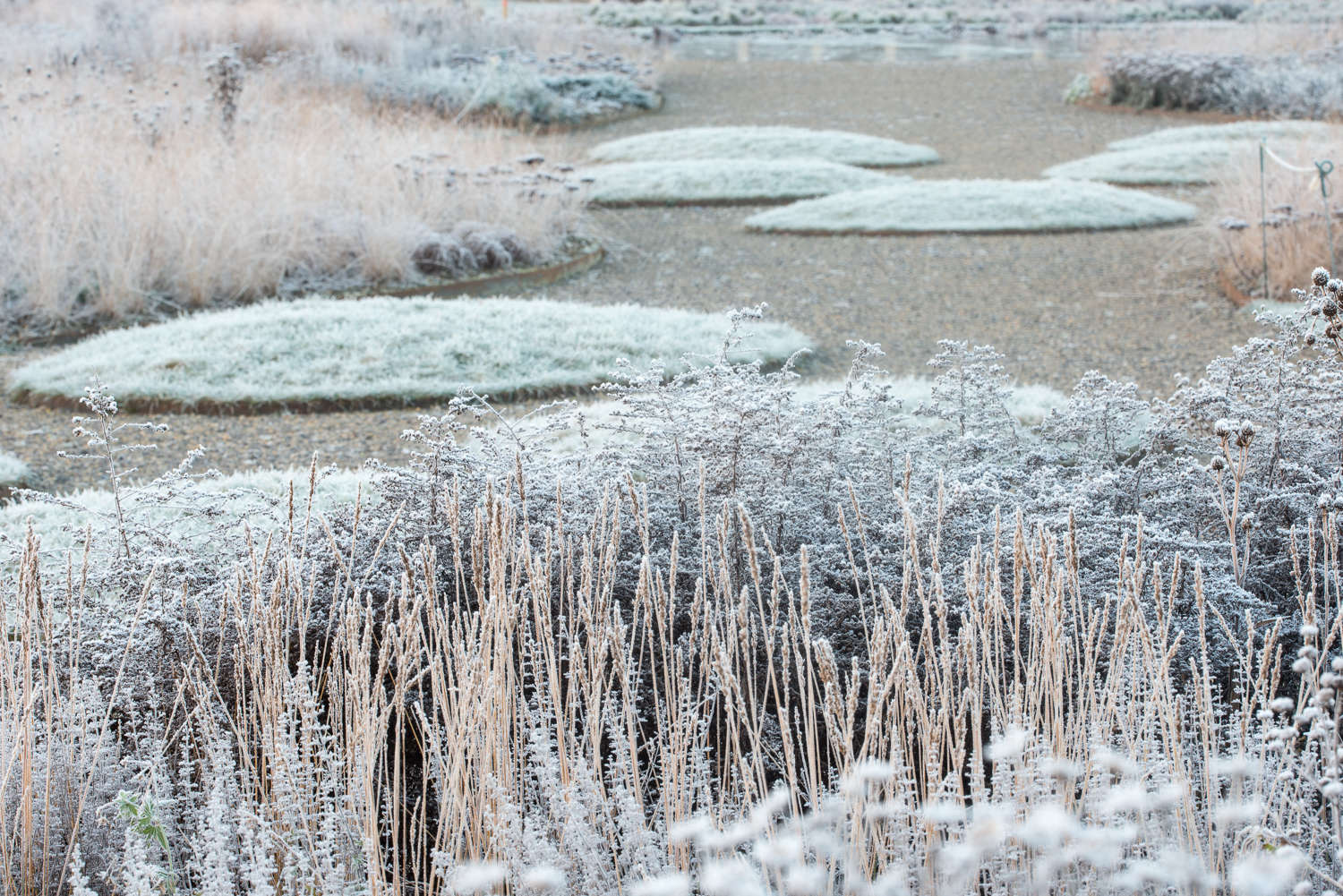The anticipation has been building since the first warmish day in late February. You have been dreaming of fresh, ripe, juicy tomatoes since you picked the last one in late summer last year. You’ve scoped the upcoming plant sales and ordered the grafted tomatoes. You have started seeds indoors and the seedlings are coming up nicely. The weather is warmer and you want to plant it all now. But you need to wait. At least for some of those plants.
Most of our much loved vegetables for the home garden are semi-tropical or tropical and need a minimum temperature in order to thrive. If you put these warm-weather plants out too early and your area has a cold snap or a hard freeze, the cold could permanently stunt or even kill those plants. The plants that fall into this category are tomatoes, peppers, eggplants, basil, zucchini, watermelons, cucumbers, sweet potatoes, okra, and corn.
When can you plant warm-weather crops?

You need to know your last freeze date for your area. You can find this by entering your zip code here or checking here. The single most important thing to remember is that the date is an average of many decades of climate data from the National Oceanic and Atmospheric Administration. It represents having a 50% probability of a killing frost. The longer you wait past that date, the better your odds against a frost. But there is no magic that happens when you hit that day on the calendar. You will still need to pay attention to the weather.
What is the difference between a frost, a freeze, a hard freeze, and a killing freeze?

A frost is when the air temperature is around 36-37F. A freeze happens at 32F. A hard freeze is 25 to 28F. A killing freeze is 24F. Time length matters. If the temperature dips only for a short time, the plants may be unaffected due to microclimates. If the temperature dips and holds for four or five hours, the damage is done.
Why wait?
The cold can stunt growth, which can affect your yield when it comes time to harvest. The cold can also damage and kill parts of the plants, even the entire plant itself. If the plant isn’t killed, it has to spend its energy on repairing the damage and not growing delicious tomatoes.
How can you protect your plants from the cold?

Here are three ways you can extend the growing time of your warm-weather plants:
1. Insulating plant protectors. These flexible circular plastic protectors have sections that you fill with water to insulate the plants. They are generally red-tinted, but can also be clear. The sun heats up the water during the day and releases the heat at night. If a hard freeze is predicted, you can clip the top opening shut. They are removed before the plant grows too tall and it’s warm enough, 60F in the evening.
2. Hoop houses. Use metal or plastic hoops and a lightweight non-woven fabric to build a temporary greenhouse. Remember to open the ends on warm days to improve air circulation. Remove the cover when it gets warm and stays warm.
3. Plastic milk jugs or cardboard boxes. Plastic milk jugs (with bottoms cut out) or cardboard boxes can be used to protect the plants when a cold snap is predicted. This is the most-labor intensive method, as you need to remove them in the morning and replace them in the late afternoon as needed, so best for small plots.
Planting is a collaboration with nature and nature can be unpredictable. However, with a bit of flexibility and a good weather app, you can extend your gardening season—and enjoy more tomatoes!
For more on how to garden in cold weather, see:
- Hardscaping 101: Cold Frames
- Garden Hacks: 10 Genius Ideas to Keep Plants Warm in Winter
- Object of Desire: Victorian Glass Garden Cloches









Have a Question or Comment About This Post?
Join the conversation